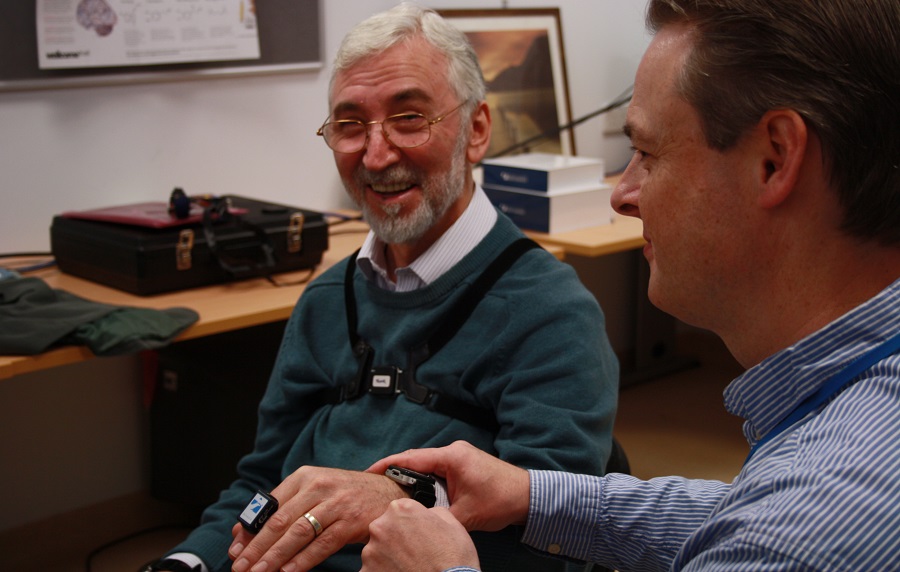
The number of medical research studies at Oxford University Hospitals NHS Foundation Trust has hit a record high, new figures show.
The number of studies active in May 2016 was 1,786, up seven per cent from 1,664 in May 2015.
The figures – up 222 per cent from 554 in May 2008 – show a significant increase in studies hosted by OUH for areas such as cancer, vaccines and cardiovascular conditions.
Many studies are carried out with the University of Oxford at the Trust, which runs Oxford’s John Radcliffe and Churchill hospitals and the Nuffield Orthopaedic Centre and Banbury’s Horton General Hospital.
These include studies funded by the NIHR Oxford Biomedical Research Centre (BRC), a partnership between the University of Oxford and the Trust that is funded by the National Institute for Health Research (NIHR).
The BRC was established in 2007, with the announcement last month of the award of a further £113.7m for 2017 to 2022.
Other funders include the NIHR Clinical Research Network: Thames Valley and South Midlands and The Wellcome Trust.
Trust Medical Director Dr Tony Berendt said: “We are delighted at our continued progress in increasing the number of research studies in the Trust.
“It is vital that we embed the proven benefits of research into daily clinical care and give more and more patients the opportunity to participate in research to improve care in the future.”
Among the studies taking place at the Trust is OxQUIP – Oxford study of Quantification in Parkinsonism, a project being conducted by the University of Oxford’s Nuffield Department of Clinical Neurosciences at the John Radcliffe Hospital.
This is looking at new ways of measuring symptoms of Parkinson’s disease as accurately as possible to test the effectiveness of new drugs.
Participants perform a range of tasks while wearing sensors that accurately quantify their performance. This includes measurement of eye movements with infra-red cameras and body movements using accelerometers.
Participants also perform cognitive tasks on a tablet computer, testing for example their ability to deduce the rules governing the movement of shapes on the screen.
Among those taking part is Dr Jim Sheridan, 62, (pictured) a retired physicist from Reading. His tasks have included wearing a finger accelerometer to measure movement alongside wife Hilary, who provides information from someone without Parkinson’s for comparison.
He said: “When I was approached about the trial I leapt at it. It is exactly what we need. I have tried to quantify some of the symptoms myself but it really needs to be done at a clinical level so the clinician is quantifying it.”
He said: “Being involved just makes you feel that you are contributing to the solution. There is a long-term cure we are hoping for, we are hoping for that day when I can say ‘I used to have Parkinson’s.”